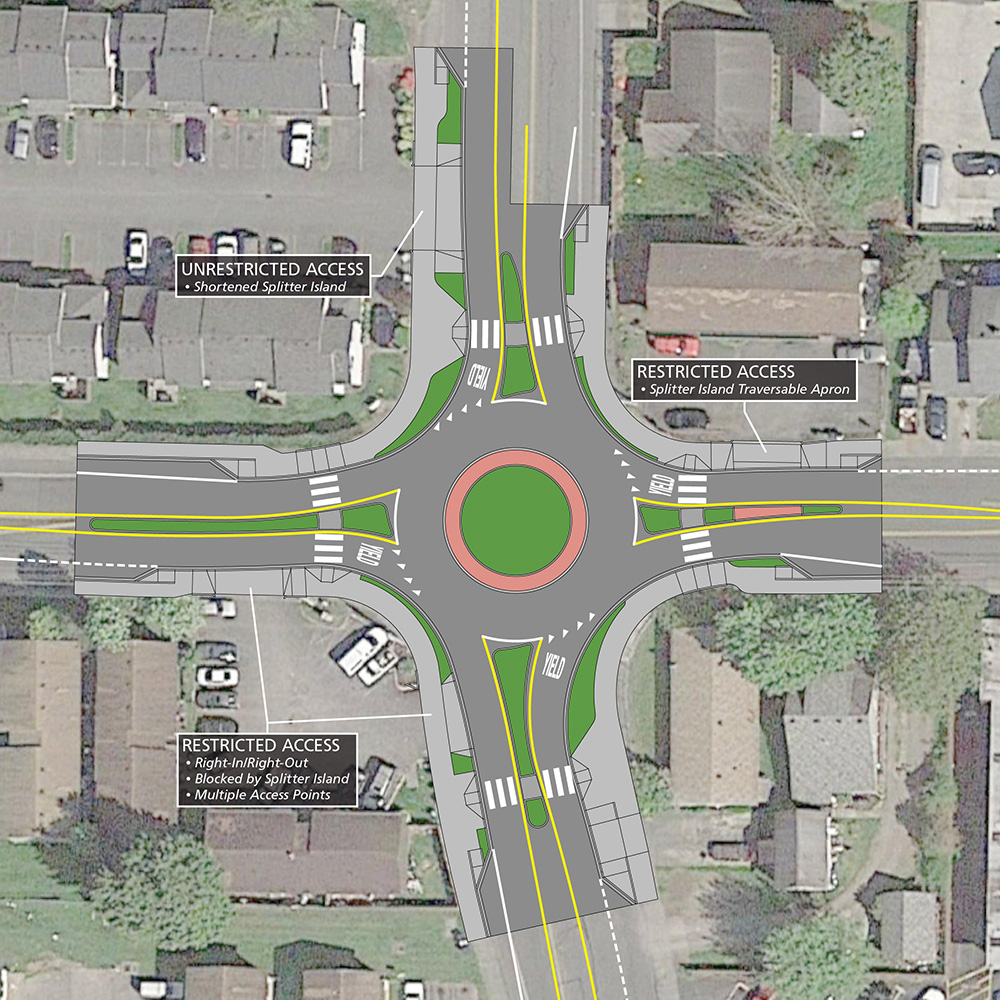When people who plan roadway networks discuss access management, they are typically referring to the programmatic control of the location, spacing, design, and operation of driveways, median openings, interchanges, and street connections to a roadway (as defined in the Transportation Research Board’s Access Management Manual). When design engineers talk about access management, we are often referring to driveway management and providing safe access for all users. Whether at a traditional intersection or a roundabout, driveway design can be quite challenging and each access point must be evaluated with site specific criteria such as proximity to the intersection, roadway and driveway volume, expected users, and sight distance. Roundabouts offer several driveway treatment options (both unrestricted and restricted) that are unique to this type of intersection.
Unrestricted Access
Unrestricted access is the most commonly used form of driveway management at roundabouts. Options for unrestricted access when a driveway is located an adequate distance from the roundabout include shortening splitter islands, relocating the access point, or creating a separate leg for the access.
When shortening a splitter island to allow for left turns to and from a driveway, designers must use caution to avoid compromising the splitter island’s primary functions of speed control, channelization, and pedestrian refuge, and also ensure adequate queueing is provided for left turning vehicles.
Sometimes, when site constraints permit, relocating a driveway may be a good alternative. The viability of this option is dependent on a number of factors including available right-of-way, ease of vehicles to use existing or revised parking layouts or garages, and stakeholder buy-in. Driveway access may be relocated either upstream or downstream of the splitter islands.
A high-use driveway may be best accommodated as a separate leg of a roundabout. Treating a driveway as a separate leg controls the type of conflicts that may be experienced between users. This also removes the potential for severe right-angle collisions, while allowing free ingress and egress from the site.
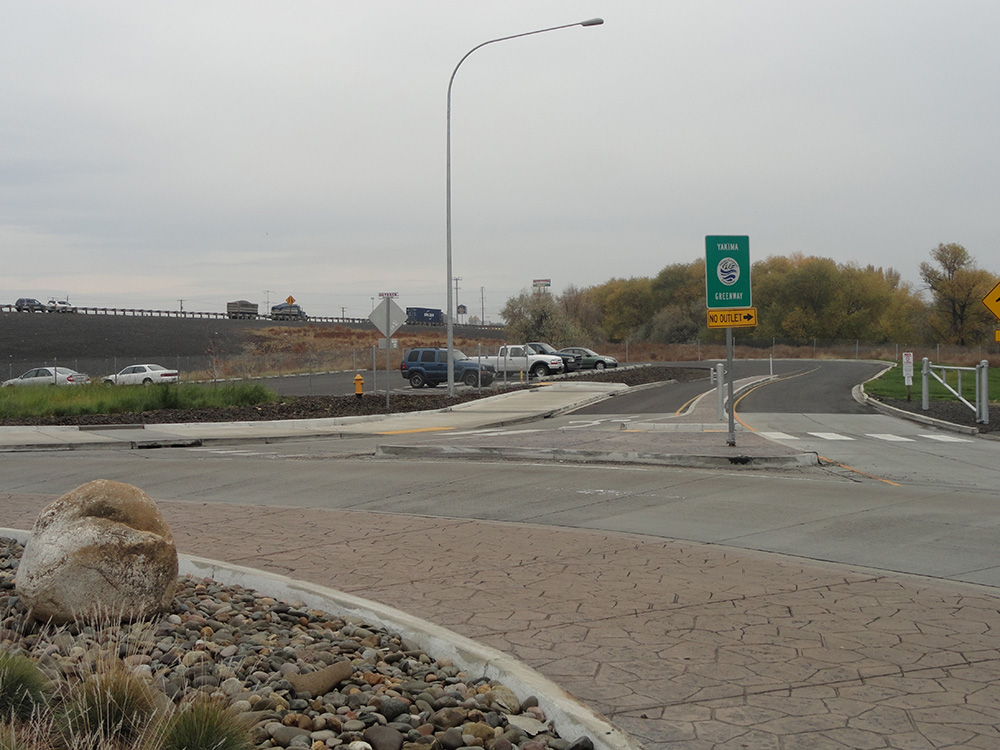
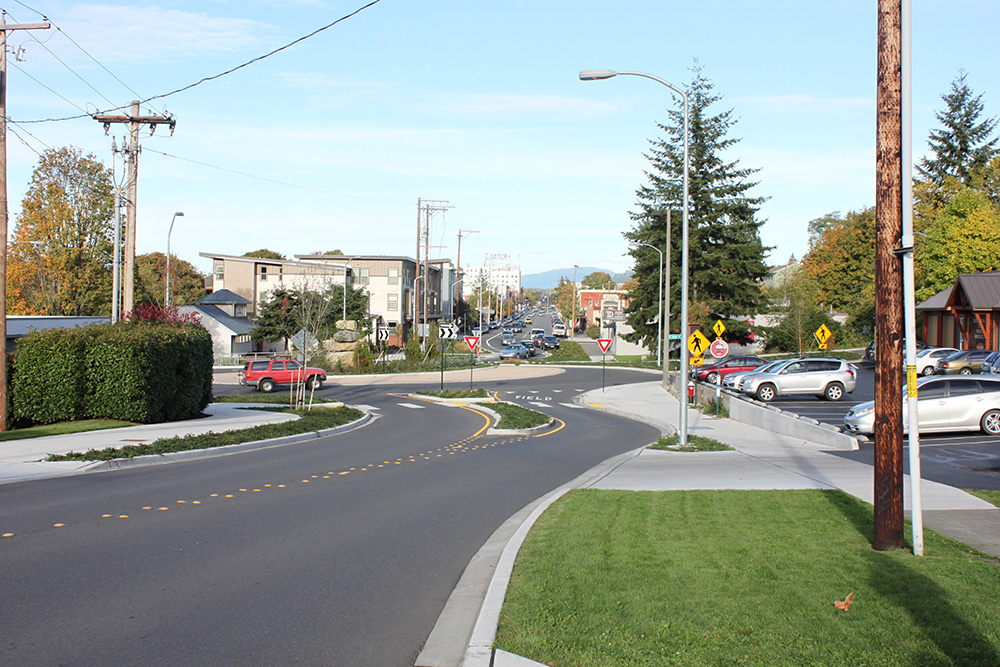
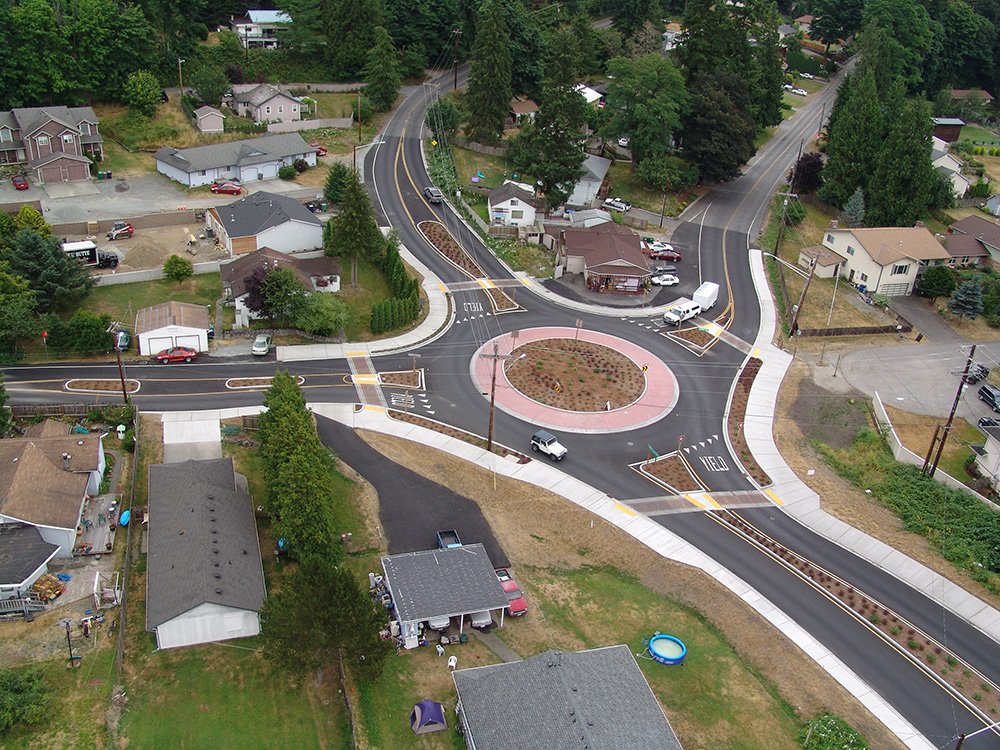
Restricted Access
When unrestricted access options do not work well for a particular driveway due to safety concerns, intersection operations, or other site constraints, access may need to be restricted in some way. The restriction may be relatively minor, like a curb cut in the splitter island with a traversable apron, or it may be more severe such as restricting movements to right-in/right-out.
Providing a curb cut in a splitter island and traversable apron is generally best for low volume driveways. This treatment allows left turn ingress and egress for driveways while still providing the geometric benefits of a raised splitter island.
Sometimes it may be necessary to convert the driveway to a right-in/right-out movement, using the splitter island to block left turns. In this case, designers must ensure that the property is accessible from all vehicle approaches. This is typically accomplished by constructing a second access to the property, either as another right-in/right-out driveway on the adjacent intersection leg or as an additional unrestricted driveway.
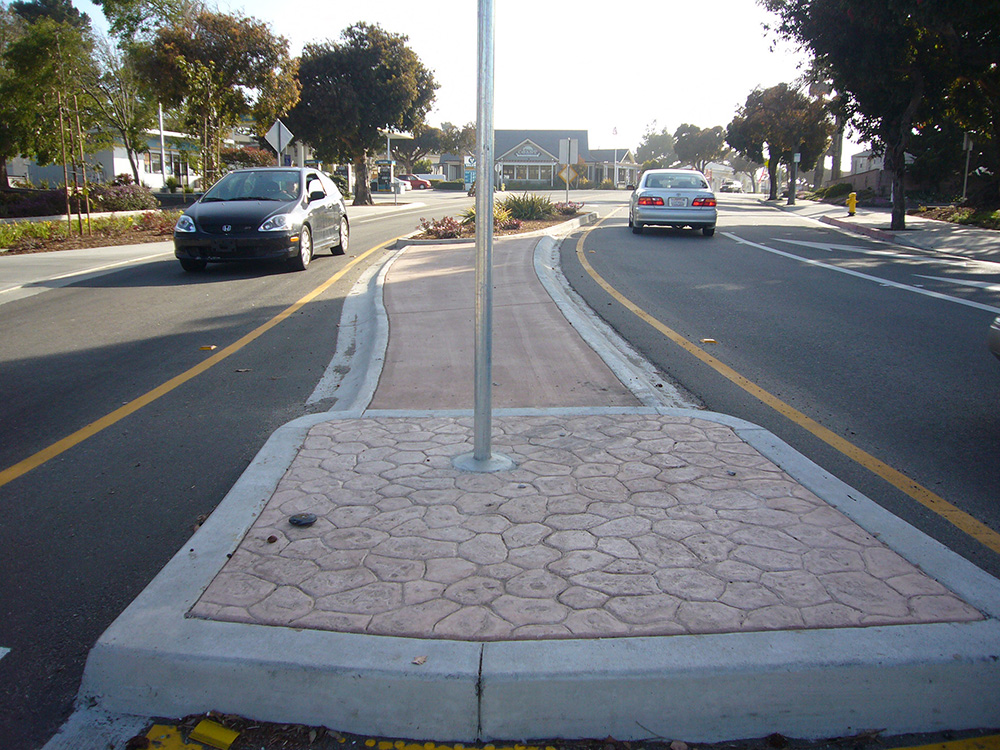
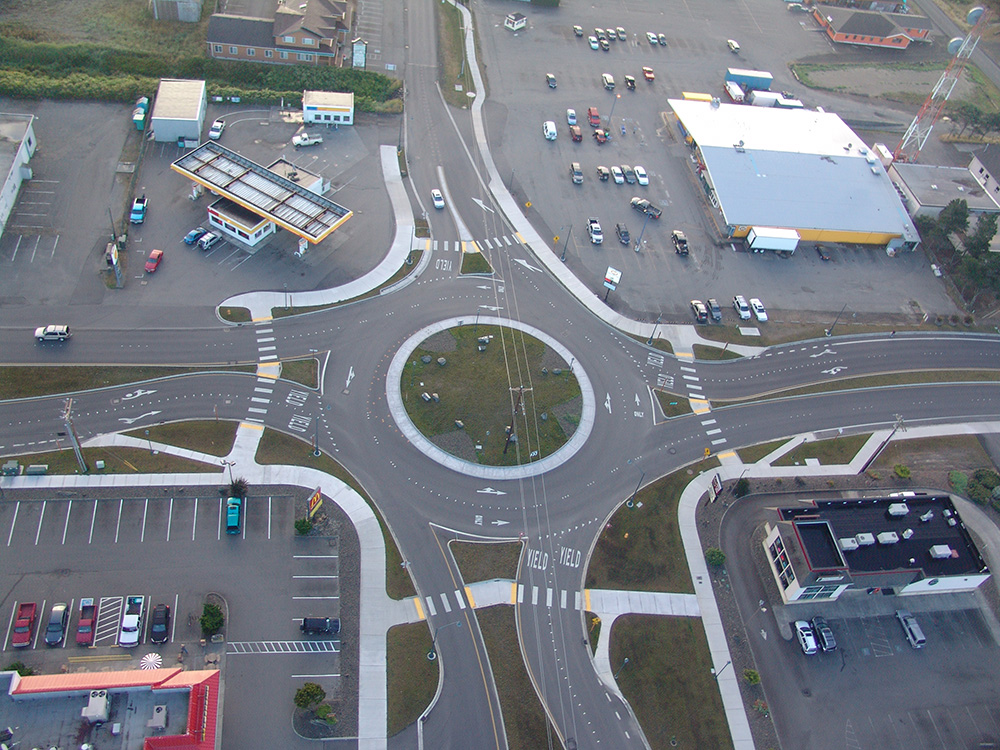
Thoughtful Variety
Driveway treatments are integral to roundabout operations and designers must employ a variety of tools (often within the same site) to provide safe, context-sensitive design solutions.
